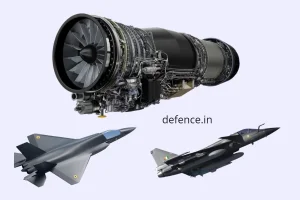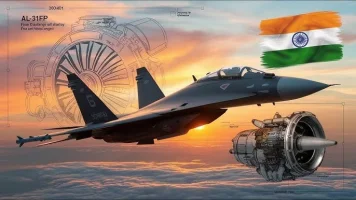- Views: 1K
- Replies: 6

The Indian Army, renowned for its substantial T-90 tank fleet, faces a pivotal moment in which strategic upgrades and tactical adaptations could significantly bolster its combat prowess.
Recent modifications to Russia's T-90M tanks, specifically the replacement of the conventional cope cage with dual armor plates, offer valuable insights and potential pathways for India to enhance its own armored capabilities.
The cope cage, initially conceived as a protective measure against anti-tank missiles and drone attacks, has been superseded by two armor plates on Russian T-90Ms.
This adjustment reflects a dynamic assessment of battlefield performance and the evolving nature of threats. The armor plates provide augmented protection, particularly against contemporary anti-tank munitions, while mitigating weight and mobility concerns associated with the cope cage.
The primary advantage of adopting the dual armor plate configuration is the heightened protection it affords. In the modern warfare landscape, where anti-tank weapons are increasingly sophisticated, ensuring the survivability of tanks on the battlefield is of paramount importance. The dual armor plates have demonstrated superior resilience against these threats compared to the cope cage.
Furthermore, the added weight of the cope cage can hinder the tank's mobility, a critical factor in combat scenarios. By replacing the cope cage with armor plates, the overall weight of the tank is better managed, thereby enhancing its maneuverability. This improvement is particularly crucial for the Indian Army, which operates in diverse terrains ranging from the deserts of Rajasthan to the mountainous regions along the northern borders.
Maintenance and operational efficiency are also key considerations. The cope cage, while effective, adds complexity to the tank's design, potentially increasing maintenance requirements. Armor plates, being simpler and more integrated into the tank's structure, can reduce maintenance burdens and increase operational uptime.
It is imperative that India, like Russia, adapts its T-90s based on real-world combat feedback. A systematic evaluation of the performance of Indian T-90s in various operational scenarios is essential. This feedback loop can drive iterative improvements, ensuring that the T-90s remain at the forefront of armored warfare.
While the exact specifications of the Russian T-90M armor plates are not publicly available, open-source information suggests that they are likely composed of advanced composite materials designed to defeat a wide range of anti-tank threats.
India could leverage its existing defence partnerships and indigenous research capabilities to develop similar armor solutions tailored to its specific operational requirements.
In conclusion, the Indian Army has a unique opportunity to learn from Russia's experience and modernize its T-90 fleet. By adopting the dual armor plate configuration and engaging in a continuous cycle of evaluation and improvement, India can ensure that its armored forces remain a formidable and adaptable force in the ever-evolving landscape of modern warfare.


